Understanding Mortgage Options: For Millennials

Homeownership is a significant milestone in life, one that's becoming increasingly challenging for millennials. Rising house prices and changing economic conditions make the path to homeownership a unique journey for this generation. A crucial part of this journey involves understanding and navigating mortgage options. This comprehensive guide will demystify the process and provide essential information to aid millennials in Toronto seeking to secure their own slice of real estate.
CONVENTIONAL VS HIGH-RATIO MORTGAGES: KNOWING THE DIFFERENCE
As you embark on your home-buying journey, you'll encounter various types of mortgages. Two key types are conventional and high-ratio mortgages.
A conventional mortgage refers to a home loan where the down payment is at least 20% of the property's purchase price. In this scenario, lenders consider the loan less risky due to the substantial upfront investment. Thus, mortgage insurance is usually not necessary, saving you an additional cost.
In contrast, a high-ratio mortgage is one where the down payment is less than 20% of the property's purchase price. Due to the increased perceived risk, mortgage default insurance is mandatory. The cost of this insurance is typically rolled into your monthly mortgage payments. It's important to note that this insurance protects the lender – not the homeowner – in case of default.
FIXED-RATE VS VARIABLE-RATE MORTGAGES: CHOOSING WHAT'S RIGHT FOR YOU
Another essential decision is between a fixed-rate and a variable-rate mortgage. Each comes with its pros and cons, and the best choice depends on your financial circumstances and risk tolerance.
A fixed-rate mortgage provides stability and predictability. Your interest rate is set for the term of your mortgage, usually between 1 to 5 years, meaning your monthly payments remain the same over this period. This type of mortgage is advantageous if you like stability and think interest rates might rise.
In contrast, a variable-rate mortgage means your interest rate may fluctuate based on the Bank of Canada's prime rate. Your mortgage payment could change over time – potentially saving you money if interest rates drop, but costing more if rates rise.
THE FRONT-LOADED NATURE OF MORTGAGE INTEREST: WHAT YOU NEED TO KNOW
When it comes to understanding your mortgage payments, one critical aspect to grasp is the concept of front-loaded interest. Here's a closer look at what it means and how it impacts your mortgage repayment.
The Mechanics of Front-Loaded Interest
In the initial years of your mortgage term, a significant portion of your payments goes toward paying the interest rather than reducing the principal loan amount. This is what's referred to as front-loaded interest.
The concept of front-loading comes from the way the mortgage amortization schedule is structured. When you first start making payments, the outstanding loan balance is at its highest. Since interest is calculated based on the remaining balance of the loan, your initial payments are predominantly paying off the interest.
The Implication on Your Mortgage Repayment
As you continue making regular payments, a progressively larger portion goes toward the principal because the outstanding loan balance gradually decreases. So, while you start off paying more interest than principal, this ratio will flip as you get further into your mortgage term.
It's important to note that if you choose to refinance your mortgage or sell your house early into your mortgage term, you may find that a substantial amount of the loan principal still remains. This is because most of your payments have gone toward interest rather than reducing the principal.
Strategies to Minimize Front-Loaded Interest
There are several strategies to combat the effects of front-loaded interest:
- Make Extra Principal Payments: Any additional payment directly reduces your principal, which in turn decreases the overall interest you'll pay.
- Choose a Shorter Amortization Period: This will increase your monthly payments, but a larger portion will go toward the principal from the start.
- Refinance for a Lower Interest Rate: This can reduce your total interest payments over the life of the loan.
With this knowledge, you can make informed decisions and employ strategies to manage your mortgage more efficiently.
A-LENDERS, B-LENDERS, AND PRIVATE FUNDING: DIVERSITY IN LENDING OPTIONS
In the world of mortgages, not all lenders are created equal. Depending on your financial circumstances, you should consider various types of lenders. Here's a closer look at A-lenders, B-lenders, and private funding.
A-Lenders: Prime Borrowers' First Choice
"A-Lenders," or prime lenders, are typically major banks and credit unions. They offer the lowest interest rates, but their lending criteria are strict. You'll need a good credit score (usually above 680), a stable income, and a low debt-to-income ratio to qualify. For those who meet these requirements, A-lenders can offer the most cost-effective mortgage solutions.
B-Lenders: Alternative Lending for Challenging Cases
"B-Lenders" are usually trust companies and smaller financial institutions that work with borrowers who might not meet the strict criteria of A-lenders. If you're self-employed, have a lower credit score, or have a higher debt-to-income ratio, a B-lender might be your best bet. While their interest rates are typically higher than A-lenders, they're more flexible with their lending criteria.
Private Funding: The Last Resort
Private lenders step in where A and B-lenders cannot. They are usually the last resort for borrowers who cannot qualify with other lenders due to poor credit, unstable income, or other financial issues. They offer the most flexibility in lending criteria but come with significantly higher interest rates and fees.
While A-lenders are the first choice for most borrowers due to their lower interest rates, it's important to know that there are alternative options available if you're having difficulty qualifying. Always consider your financial situation and seek professional advice when deciding on the right lender for your mortgage.
Additionally, when a buyer chooses a B-lender or private funding, they always have the option to move into an A-lender upon renewal and when their financial situation improves.
FIRST-TIME HOME BUYER INCENTIVES: GOVERNMENT HELP FOR NEW BUYERS
For those who are first-time home buyers, the Government of Canada offers incentives that could make homeownership more attainable. The First-Time Home Buyer Incentive is a shared equity mortgage program where the government contributes 5% for a resale home or 5-10% for a new home. This lowers the mortgage carrying cost, making homeownership more affordable. However, remember that when you sell your home, you'll need to repay the same percentage of your home's value back to the government.
MORTGAGE PRE-APPROVAL: KNOW YOUR BUDGET
Before you begin hunting for homes, consider getting a mortgage pre-approval. A mortgage pre-approval outlines the amount a lender is willing to loan you based on your credit and income, helping you understand how much you can afford. It also places you in a stronger position when making an offer, as sellers are likely to favour buyers who have secured pre-approval.
SEEKING PROFESSIONAL ADVICE: YOUR PARTNER IN THE PROCESS
Securing a mortgage is a complex process, filled with nuanced details and decisions that can significantly impact your financial future. As such, seeking professional advice is crucial. Mortgage brokers can provide valuable guidance, helping you understand your options and find a mortgage that suits your needs. Additionally, a professional financial advisor can provide personalized advice based on your overall financial situation, aiding in long-term planning.
UNDERSTANDING THE LONG-TERM COMMITMENT: MORTGAGES BEYOND THE MONTHLY PAYMENTS
Becoming a homeowner isn't just about being able to afford monthly mortgage payments. It's also about understanding the long-term financial commitment that comes with a mortgage. This includes property taxes, insurance, and maintenance costs. A comprehensive financial plan that considers all these costs is crucial to ensure your homeownership journey is sustainable and beneficial over time.
The road to homeownership is often complex and nuanced, especially in a market as dynamic as Toronto. However, with a clear understanding of mortgage options and a well-planned strategy, millennials can confidently navigate this journey. The dream of homeownership can be a reality. With the right resources and advice, you'll be prepared to make informed decisions that will serve you well into the future. Happy house hunting!
Categories
Recent Posts
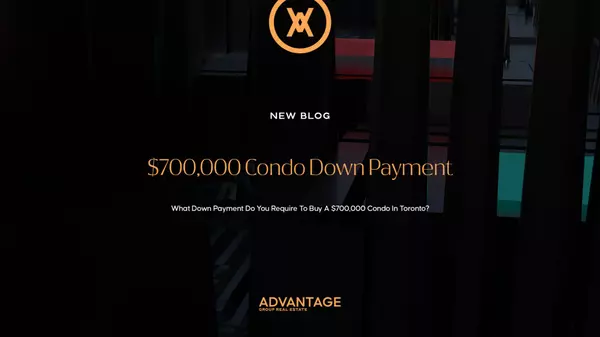

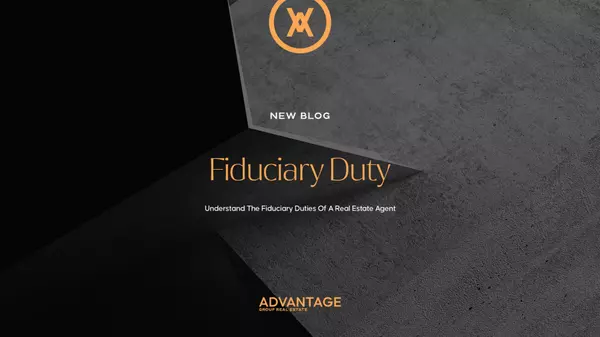

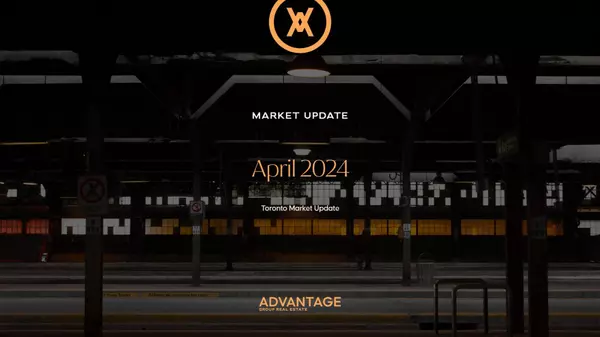
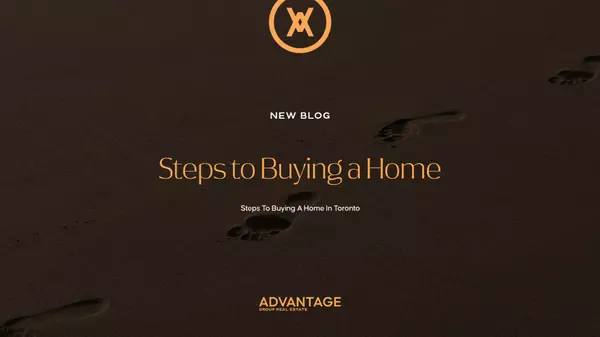
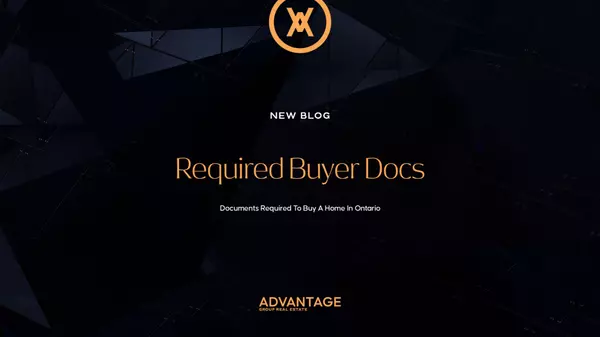
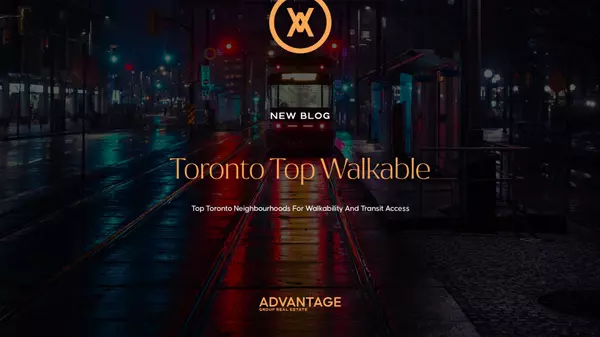
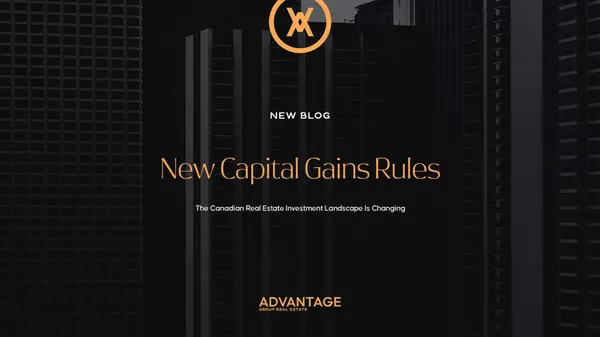
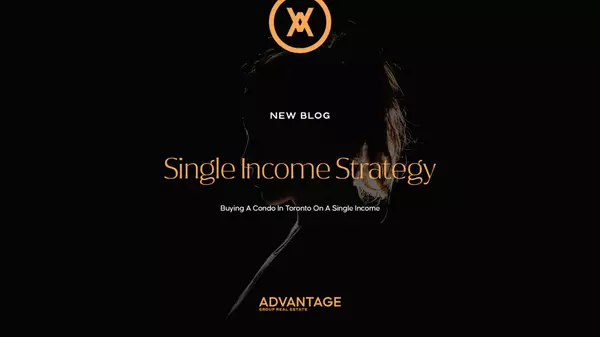

"My job is to find and attract mastery-based agents to the office, protect the culture, and make sure everyone is happy! "

